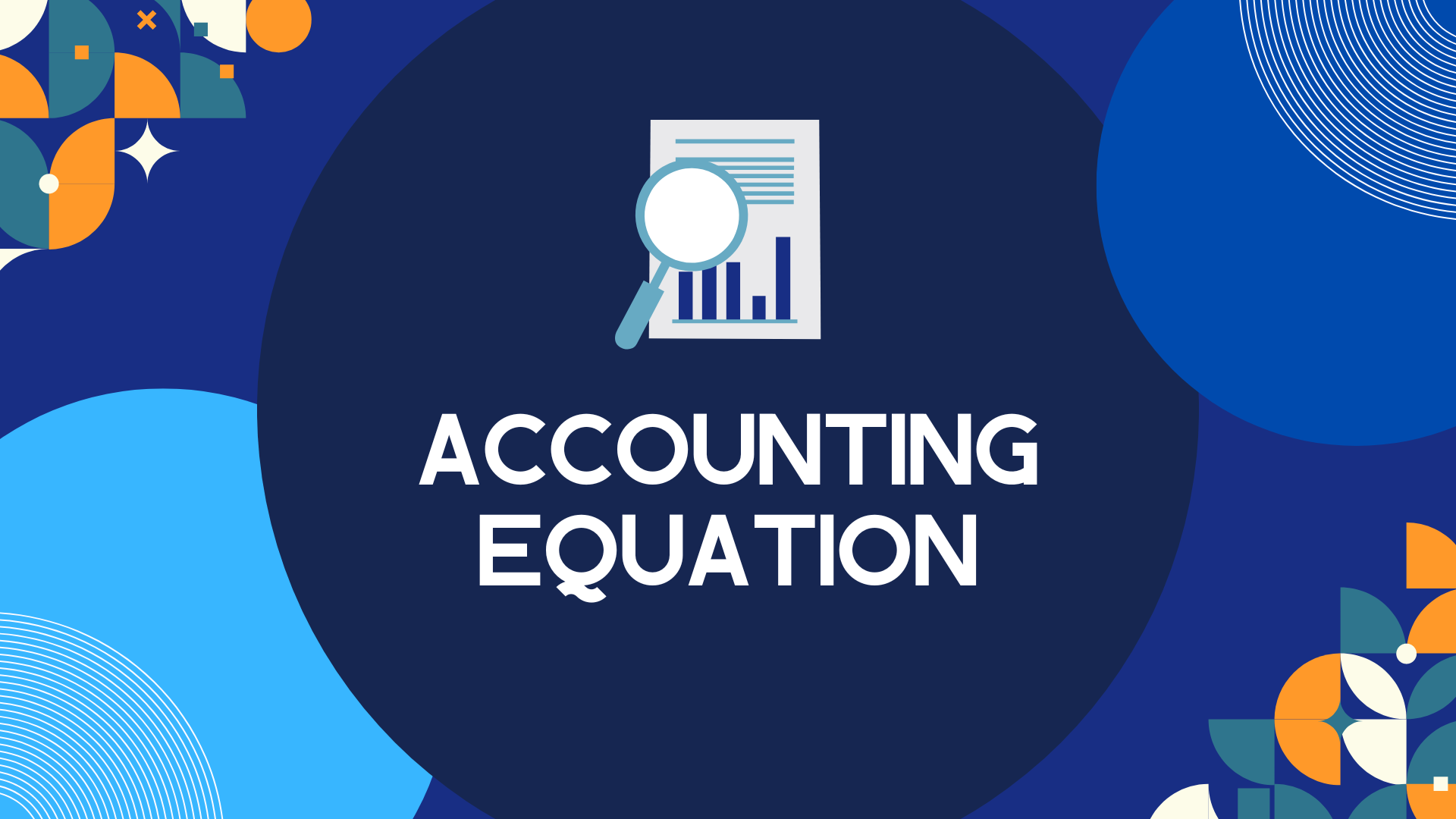 What is the Accounting Equation?
What is the Accounting Equation?
A double-entry accounting system is a foundation for accounting practised worldwide. It gives a clear picture of the company’s assets and liabilities. The balance sheet of a company has the total assets and total liabilities for a financial year computed with the help of a financial analysis and calculations. The accounting equation ensures that the balance sheet is always balanced, which means that any entry on the debit side should have a corresponding entry on the credit side. Assets represent the company’s resources, whereas liabilities are the obligations of the company over the long run. Liabilities and the shareholders’ equity are used in computing the financing of assets.
Accounting Equation Formula
The formula for the Assets and liabilities equation is represented as follows:
Assets = (Liabilities + Owner’s Equity)
How to Calculate the Best Accounting Equation
All the assets of the company as per the balance sheet of a period are considered. All the liabilities of the organization are shown separately in the balance sheet. Now add up all the shareholders’ equity in the organization. The total liabilities should be equal to the total assets in the organization. The best accounting equation formula states that the above condition has to be balanced.
Significance of the Accounting Equation
The financial status of any organization is computed with the help of the accounting equation based on the assets, liabilities, and equity. The Accounting equation helps to understand the business transactions carried out by the company in a financial year and cross-check if they are recorded in the books and accounts. It is used to find out the equity of the shareholders from the balance sheet.
Assets & Liabilities in Accounting Equation
Assets in an organization are current assets and noncurrent assets. The assets that can be liquidated in a shorter period, like in a financial year, are called Current assets. On the other hand, assets that take a longer time to get liquidated are the noncurrent assets. Liabilities are companies’ legal long-term and short-term loans raised during the business operations. In line with the above, liabilities are current and noncurrent liabilities. Liabilities are what a company owes to or needs to pay to the borrowers. Dividends payable, long-term debt, and outstanding expenses are treated as liabilities of any organization.
Shareholders’ Equity in Accounting Equation
It is the total assets reduced by the total liabilities. It is the amount of money invested with the promoter of the company. It represents the net value of any company. The amount returned to shareholders of the organization when liquidation of assets and the debts repaid to its borrowers. It is also known as net worth. It is a standard metric that is used to estimate the financial health of any company. It is the difference between the total assets and the total liabilities of the organization. The balance sheet of a company has the total assets, total liabilities, and the shareholder’s equity for a financial year computed with the accounting equation.

 What is the Accounting Equation?
What is the Accounting Equation?